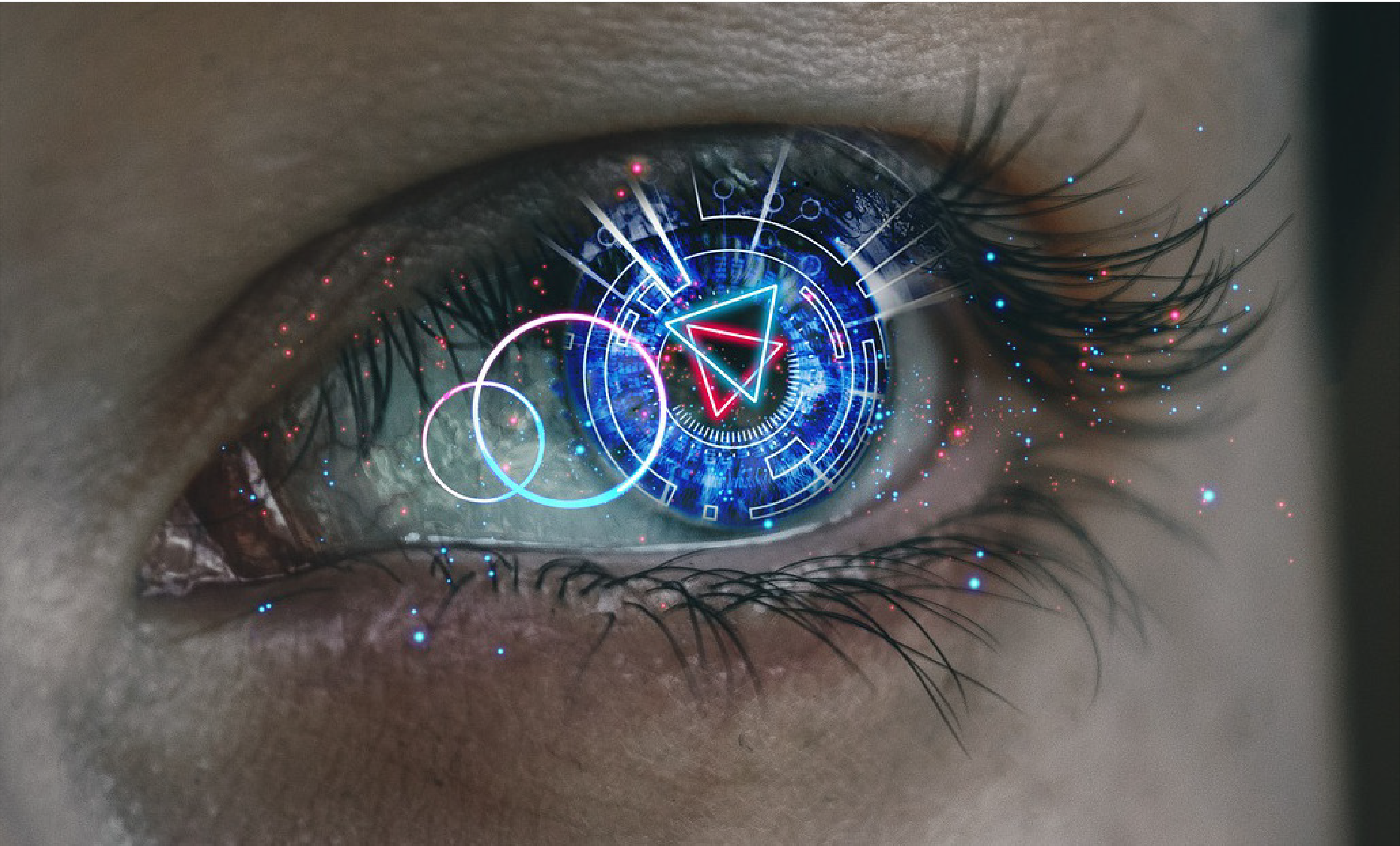ARTIFICIAL VISION HAS MANY POSSIBILITIES!
DO YOU THINK IT CAN ADAPT TO YOUR NEEDS?
Use our form to ask us any questions! We put our technology, experience and knowledge at the service of your company to optimize the production process, improving the efficiency and quality of the products.

HOW CAN WE HELP YOU?
Address
C/ Pic de Peguera, 15B, Taller 3
Girona |Spain
info@opsisvt.com
Telephone
+34 972 183 245
FAQ’S
Artificial vision is a field of artificial intelligence (AI) that allows computers and systems to extract significant information from images, and take measures or make recommendations based on this information. If AI allows computers to think, artificial vision allows them to see, observe and understand.
Two basic technologies are used to achieve this: a type of machine learning called deep learning and a convolutional neural network (CNN).
Machine learning uses algorithmic models that allow a computer to teach itself the context of visual data. If enough data is entered through the model, the computer will “look” at the data and learn to differentiate one image from another. Algorithms allow the machine to learn by itself, rather than someone to program it to recognize an image.
A CNN helps a machine learning or deep learning model to “look” by splitting the images into pixels to which labels are assigned. Then he manages to recognize or see images in a similar way to humans.
The image classification sees an image and can classify it (a dog, an apple, a person’s face). More specifically, it is able to accurately predict that a given image belongs to a specific class.
Object detection can use image classification to identify a certain image class and then detect and tabulate its appearance in an image or video.
Tracking objects follows or tracks an object once detected. This task is often executed with images captured in real-time video streams or sequences.
Content-based image retrieval uses artificial vision to examine, search and retrieve images from large data stores, depending on the content of images rather than associated metadata tags.
